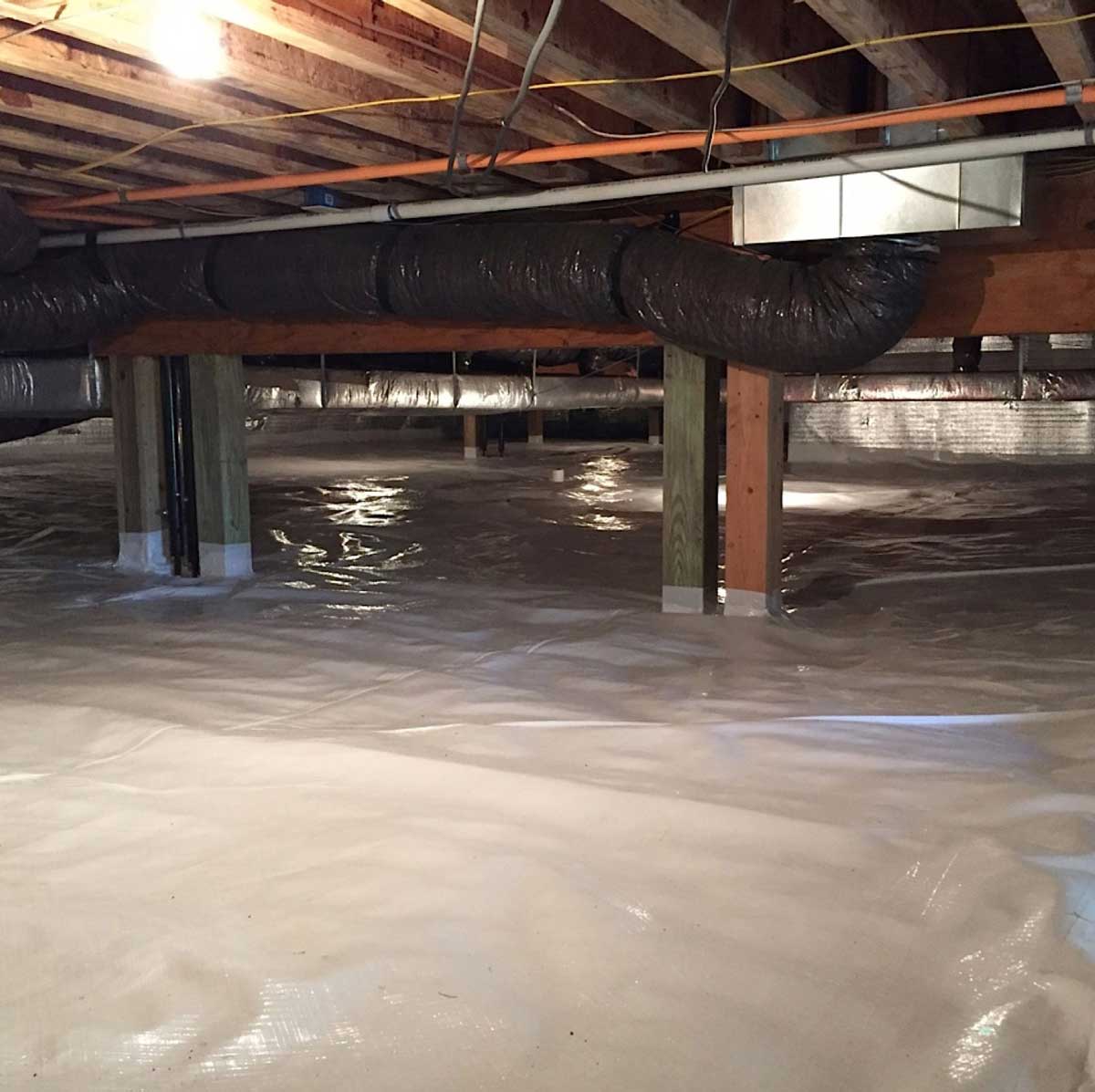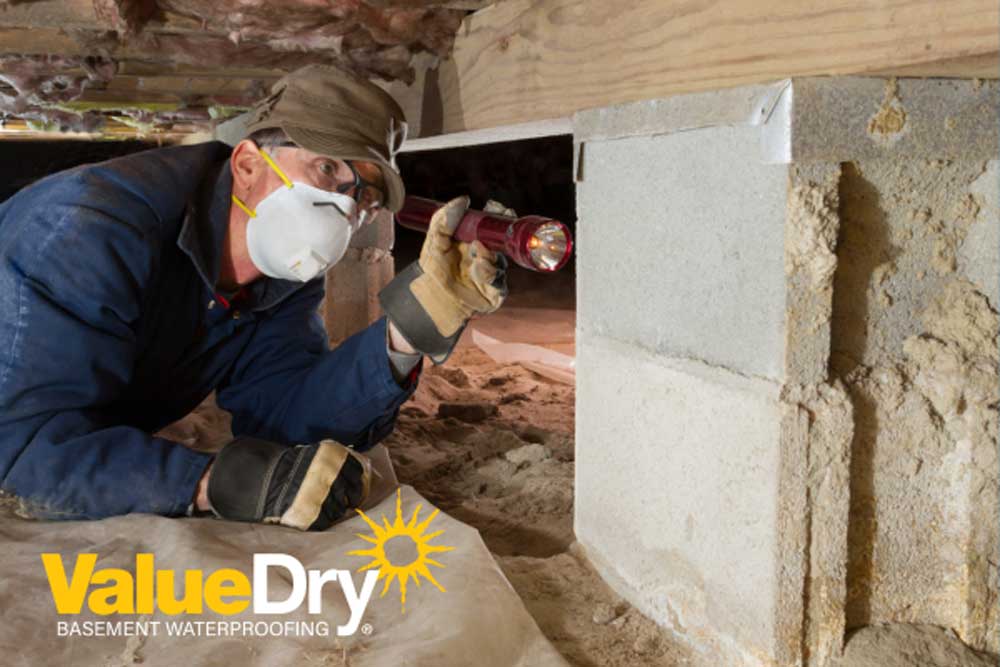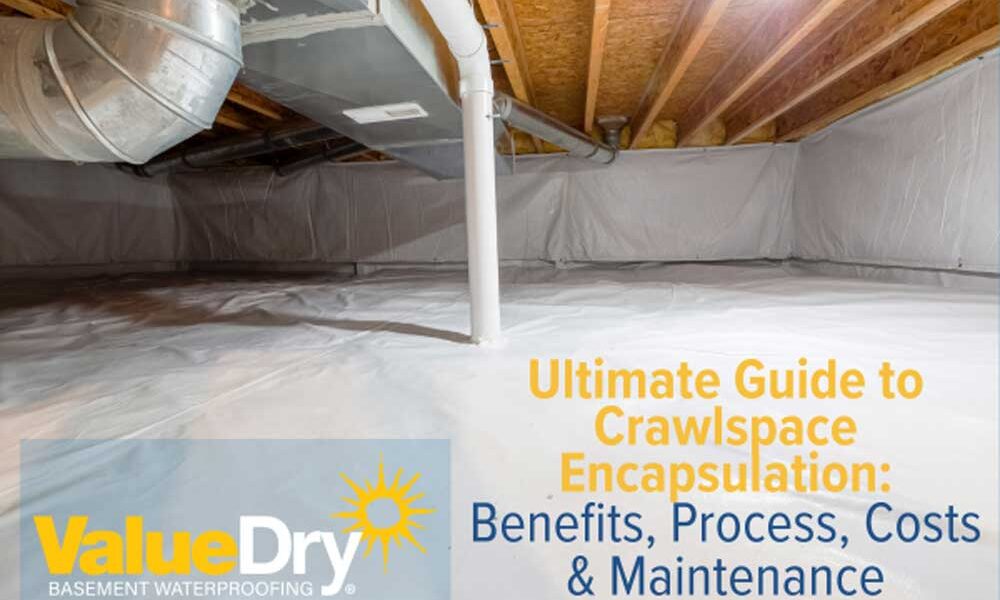Ultimate Guide to Crawl space Encapsulation: Benefits, Process, Costs & Maintenance
- June 7, 2024
- No Comments
Introduction
Crawl space encapsulation is a critical process in home maintenance that involves sealing off the crawlspace beneath your home to protect it from moisture, pests, and other environmental factors. This method not only enhances the durability and health of your home but also improves energy efficiency and indoor air quality. In this comprehensive guide, we will delve into every aspect of crawlspace encapsulation, from its importance and benefits to the detailed process, costs involved, and maintenance tips. Whether you are a homeowner looking to improve your property or a professional in the field, this guide will provide valuable insights and practical advice.
-
Introduction to Crawl space Encapsulation
Crawl space encapsulation is the process of sealing the crawl space under a home to protect it from moisture, pests, and environmental factors. This method involves installing a vapor barrier and other materials to create a controlled environment. Crawl spaces are often overlooked, yet they play a crucial role in the overall health and efficiency of a home. By encapsulating this space, homeowners can prevent a myriad of issues and ensure a safer, more energy-efficient living environment.
-
Types of Crawl spaces
Vented Crawl spaces
Vented crawl spaces have openings that allow outside air to circulate under the home. These vents are meant to reduce moisture levels, but they can also introduce humidity, pests, and cold air.
Unvented Crawl spaces
Unvented crawl spaces, on the other hand, are sealed off from the outside environment. This design helps maintain consistent temperature and humidity levels, reducing the risk of moisture-related problems and improving energy efficiency.
-
Problems Associated with Unencapsulated Crawl spaces
Moisture Issues
Unencapsulated crawl spaces are prone to moisture buildup, which can lead to various problems, including mold and mildew growth, wood rot, and structural damage.
Mold and Mildew
Mold and mildew thrive in damp environments. They not only damage building materials but also pose health risks to the home’s occupants, causing allergies and respiratory issues.
Pest Infestations
Crawl spaces provide an ideal habitat for pests like rodents, insects, and termites. These pests can damage insulation, wiring, and even the home’s structure.
Structural Damage
Moisture and pests can weaken the structural components of a home, leading to costly repairs and compromising the building’s integrity.
Poor Indoor Air Quality
Air from the crawl space often moves up into the living areas of the home. If the crawl space is damp or moldy, it can negatively impact the indoor air quality, affecting the health of the residents.
Energy Inefficiency
Unsealed crawl spaces allow cold air to enter and warm air to escape, making heating and cooling systems work harder and increasing energy bills.
-
Benefits of Crawl space Encapsulation
Moisture Control
Encapsulation effectively controls moisture levels, preventing the problems associated with damp crawl spaces, such as mold and structural damage.
Improved Air Quality
By sealing the crawl space, homeowners can significantly improve indoor air quality, reducing the presence of allergens and pollutants.
Energy Efficiency
Encapsulation helps maintain a stable temperature in the crawl space, reducing the workload on HVAC systems and lowering energy costs.
Pest Prevention
Sealing the crawlspace creates a barrier that deters pests, protecting the home from infestations and the damage they cause.
Enhanced Structural Integrity
By keeping moisture and pests at bay, encapsulation helps preserve the structural components of the home, ensuring longevity and reducing maintenance costs.
Increased Home Value
A well-maintained, encapsulated crawl space can increase a home’s market value by improving its overall condition and energy efficiency.
-
Signs You Need Crawl space Encapsulation
Musty Odors
A persistent musty smell often indicates mold or mildew in the crawl space, suggesting that encapsulation is needed.
Visible Mold or Mildew
Seeing mold or mildew in the crawl space is a clear sign of moisture issues that encapsulation can address.
Standing Water or Dampness
If there is standing water or consistently damp soil in the crawl space, it indicates poor drainage and a need for encapsulation.
Pest Presence
Frequent sightings of pests or signs of their presence, such as droppings or chewed materials, suggest that the crawl space needs to be sealed.
Cold Floors Above Crawl space
If the floors above the crawl space are consistently cold, it may indicate that the space is not properly insulated and encapsulated.
High Energy Bills
Unusually high energy bills can result from HVAC systems working overtime to compensate for the temperature fluctuations caused by an unsealed crawl space.
-
Crawl space Encapsulation Process
Initial Inspection and Assessment
The first step in crawl space encapsulation is a thorough inspection to assess the current condition and identify any existing issues, such as moisture, mold, or pests.
Cleaning the Crawl space
Before encapsulation, the crawl space must be cleaned. This involves removing debris, old insulation, and any mold or mildew present.
Sealing Vents and Openings
All vents and openings to the outside are sealed to prevent the entry of moisture and pests.
Installing Vapor Barriers
A heavy-duty vapor barrier is installed on the floor and walls of the crawl space. This barrier prevents ground moisture from entering the space.
Insulating the Crawl space
Insulation is added to the walls and possibly the floor of the crawlspace to help regulate temperature and improve energy efficiency.
Installing a Dehumidifier
A dehumidifier is installed to maintain appropriate humidity levels, further preventing mold growth and moisture buildup.
Final Inspection
Once all the components are in place, a final inspection ensures that the encapsulation has been properly completed and that the crawl space is effectively sealed.
-
Materials Used in Crawl space Encapsulation
Vapor Barriers
These are typically made of polyethylene or reinforced plastic and are crucial for preventing moisture infiltration.
Insulation Materials
Foam board insulation or spray foam is commonly used to insulate the walls and sometimes the floors of the crawl space.
Sealing Tapes and Adhesives
High-quality sealing tapes and adhesives are used to ensure that all seams and joints are airtight.
Dehumidifiers
Dehumidifiers specifically designed for crawl spaces help maintain the optimal humidity level, preventing mold and moisture issues.

-
Cost of Crawl space Encapsulation
Factors Influencing Cost
The cost of crawl space encapsulation can vary based on factors such as the size of the crawl space, the extent of existing damage, and the materials used.
Average Cost Estimates
On average, homeowners can expect to spend between $5,000 and $15,000 on crawl space encapsulation. This cost can be higher for larger spaces or if extensive repairs are needed.
Cost-Benefit Analysis
While the upfront cost of encapsulation can be significant, the long-term benefits in terms of energy savings, increased home value, and reduced maintenance costs often outweigh the initial investment.
-
DIY vs. Professional Crawl space Encapsulation
Pros and Cons of DIY
DIY encapsulation can save money, but it requires significant time, effort, and knowledge. Mistakes can lead to incomplete sealing and continued problems.
Benefits of Hiring Professionals
Professional encapsulation ensures that the job is done correctly and thoroughly. Professionals have the tools, materials, and expertise to address all potential issues.
-
Common Mistakes in Crawl space Encapsulation
Inadequate Cleaning
Failing to thoroughly clean the crawl space before encapsulation can lead to trapped debris and moisture, reducing the effectiveness of the encapsulation.
Improper Sealing
Inadequate sealing of vents and openings can allow moisture and pests to enter, undermining the benefits of encapsulation.
Choosing the Wrong Materials
Using substandard or inappropriate materials can compromise the encapsulation process and lead to future problems.
Skipping the Dehumidifier
Neglecting to install a dehumidifier can result in continued moisture problems, even with a vapor barrier in place.
Neglecting Maintenance
Encapsulation requires ongoing maintenance to ensure its effectiveness. Ignoring regular inspections and upkeep can lead to new issues.
-
Maintenance Tips for Encapsulated Crawl spaces
Regular Inspections
Periodic inspections help identify any issues early and ensure that the encapsulation remains effective.
Monitoring Humidity Levels
Using a hygrometer to monitor humidity levels in the crawl space helps maintain an optimal environment and prevent moisture problems.
Keeping the Area Clean
Keeping the crawl space clean and free of debris helps maintain the integrity of the encapsulation and prevent issues.
Checking for Pests
Regularly checking for signs of pests and addressing any issues promptly helps protect the crawl space from infestations.
Maintaining the Dehumidifier
Ensuring that the dehumidifier is functioning correctly and performing regular maintenance keeps the crawl space dry and mold-free.
-
FAQs About Crawl space Encapsulation
What is the lifespan of crawl space encapsulation?
Crawl space encapsulation can last 20 years or more with proper maintenance, though components like vapor barriers and dehumidifiers may need periodic replacement.
Can I encapsulate a crawl space myself?
While possible, DIY encapsulation is challenging and requires specific knowledge and skills. Hiring professionals ensures the job is done correctly.
How often should I inspect my encapsulated crawl space?
It’s recommended to inspect an encapsulated crawl space at least twice a year to ensure its effectiveness and address any issues.
Is crawl space encapsulation worth the investment?
Yes, crawl space encapsulation offers significant benefits in terms of moisture control, energy efficiency, and home value, making it a worthwhile investment.
What are the health benefits of crawlspace encapsulation?
Encapsulation improves indoor air quality by reducing mold and allergens, leading to a healthier living environment.
-
Case Studies and Personal Stories
Homeowners’ Experiences
Real-life stories from homeowners who have encapsulated their crawl spaces highlight the practical benefits and improvements in home comfort and energy efficiency.
Before and After Encapsulation
Case studies showing the conditions before and after encapsulation demonstrate the effectiveness of the process in solving moisture and pest problems.
-
Expert Insights
Interviews with Professionals
Experts in the field of crawl space encapsulation provide insights into best practices, common challenges, and tips for maintaining an encapsulated crawl space.
Tips and Recommendations
Professionals offer practical advice on choosing materials, hiring contractors, and ensuring the long-term success of encapsulation projects.

-
The Take Away
Benefits
Crawl space encapsulation offers numerous benefits, including moisture control, improved air quality, energy efficiency, and pest prevention.
Final Recommendations
Homeowners should consider encapsulating their crawl spaces to protect their investment and improve their living environment. Regular maintenance and professional inspections are key to ensuring long-term success.
Call Value Dry Waterproofing Today
For more information on crawl space encapsulation and to explore professional services, contact Value Dry Waterproofing for a free inspection. Take the first step towards a healthier, more efficient home.



